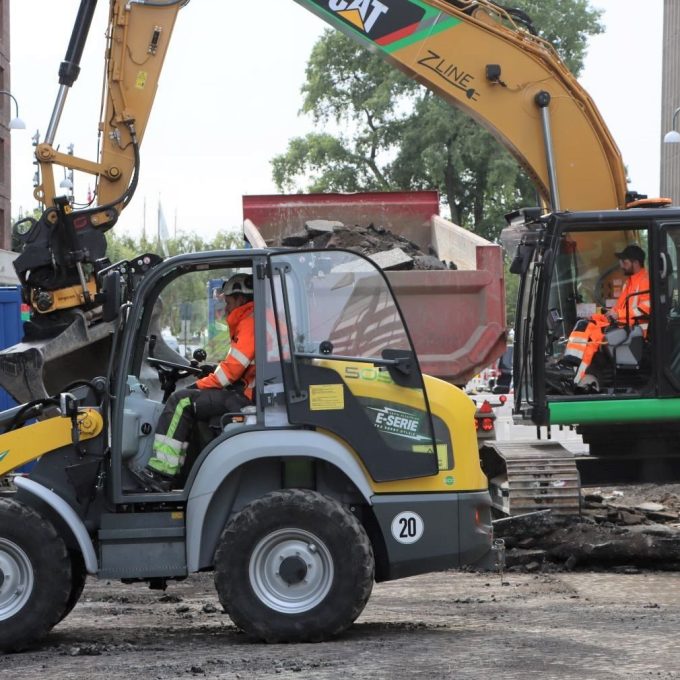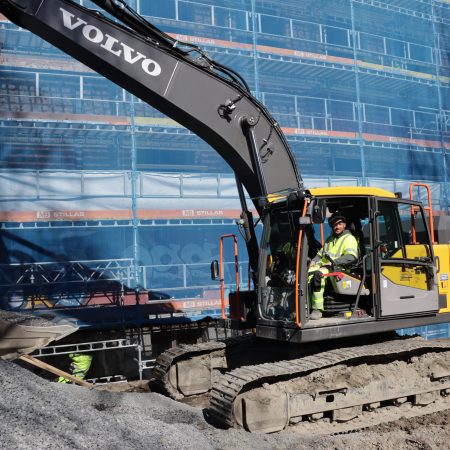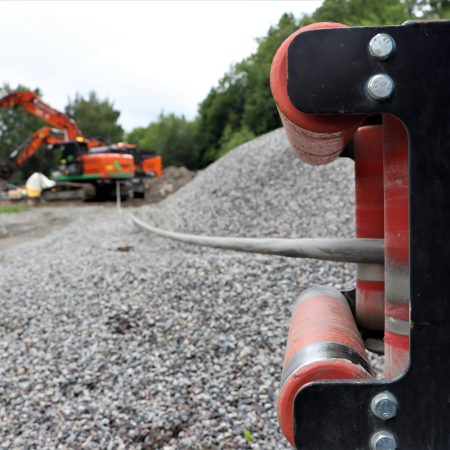Size: large
Type: image
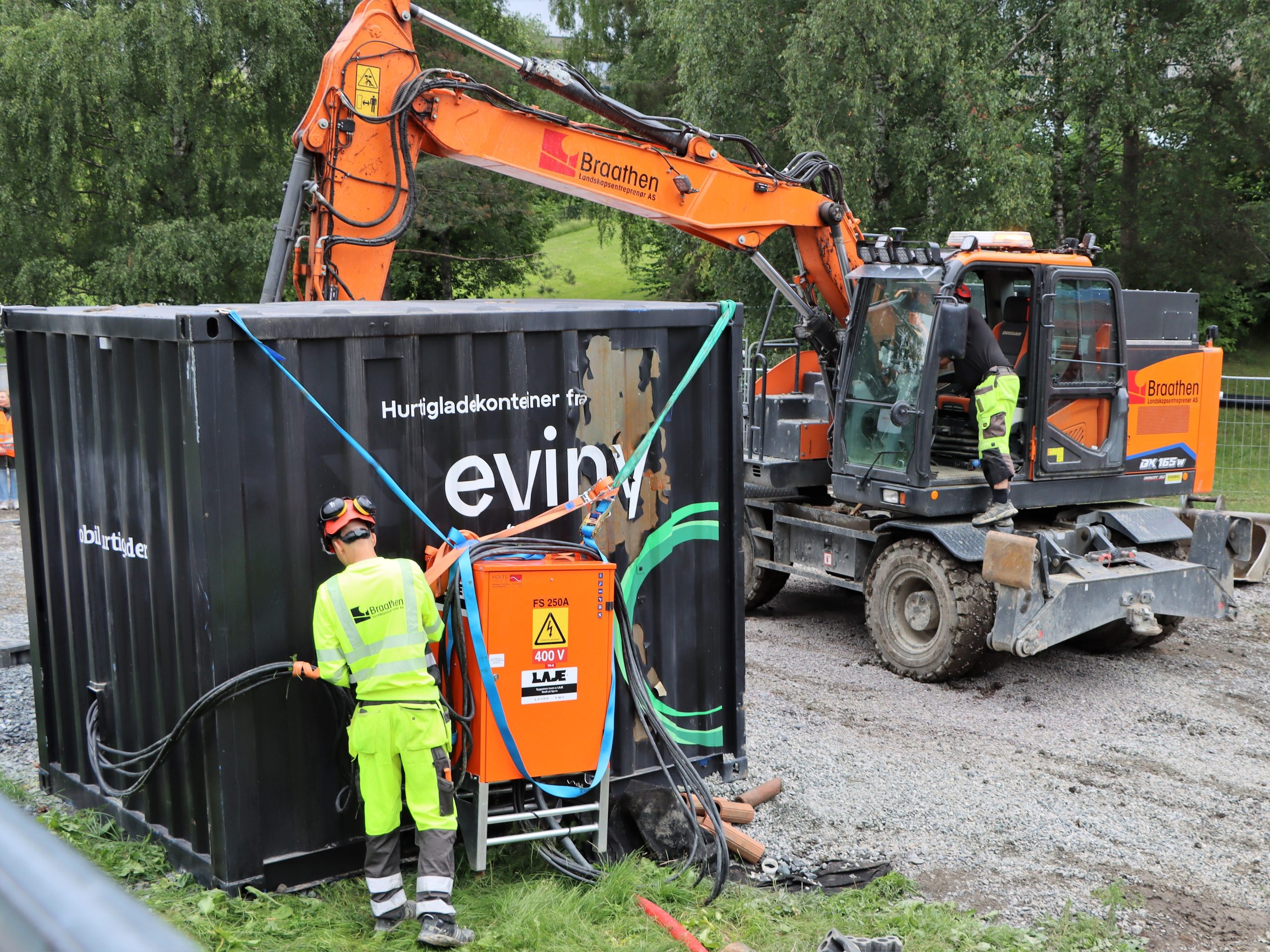
On the municipality’s own construction sites, 85 percent of energy use is now emission-free. The new regulation will virtually eliminate the remaining emissions from this sector by 2030.
This makes Oslo a pioneer in the effort to transform the construction industry.
How is this possible? The answer lies in clear goals, early signals, and strategic use of purchasing power
- In Oslo, the construction sector is the third largest source of direct greenhouse gas emissions. The amount emitted varies from year to year, but on average, emissions were around 60,000 tonnes of CO₂ annually between 2019 and 2023, according to figures from the Norwegian Environment Agency.
- Only carbon capture at the waste incineration plant at Klemetsrud will result in greater emission cuts than those that can be achieved by the proposed regulation of construction sites.
- Globally, non-road mobile machinery accounts for twice the greenhouse gas emissions of the aviation sector. A large share of these comes from construction machinery.
A clear goal and early signals
In 2016, Oslo’s city council decided that the city would cut direct emissions by 95 percent by 2030. Construction is the city’s third largest source of emissions. For this goal to be more than just words, emissions from construction sites had to come down. Fast.
This was confirmed in Oslo’s Climate Strategy. In 2020, a clear target was set for the construction sector: from 2030, all construction sites in Oslo – including private ones – must be emission-free.
The city achieved an early breakthrough. In 2019, work began on Olav V’s gate, which, as far as we know, was the world’s first entirely zero-emission construction site.
The smell of diesel and the noise disappeared, replaced by the hum of electric motors. The pilot project gave the municipality valuable experience and confirmation that zero-emission operations are indeed possible, even in a dense urban core.
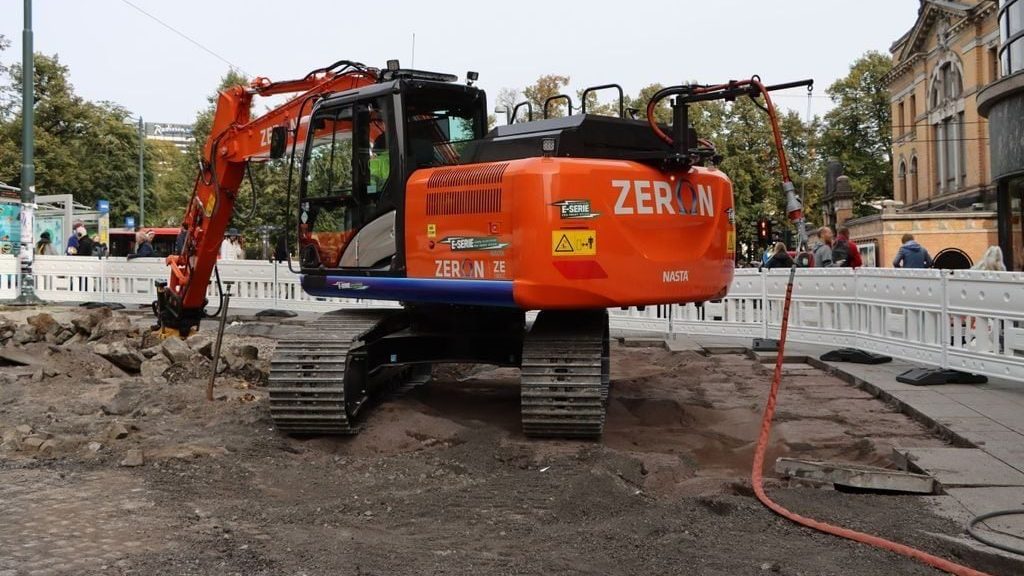
The upgrade of Olav V’s street in Oslo is the world’s first zero-emission construction site. Photo: Ellen Omland
It also provided a checklist of what needed to be in place: charging points, agreements with grid operators, clear requirements for contractors – and a market for zero-emission construction machinery.
Since 2019, Oslo has gone from a pilot project to around 180 zero-emission construction sites in just over five years. These range from streets and parks to schools and sports facilities.
A purchaser with a plan
Oslo has used the power that comes with being a large purchaser. Already in 2017, Oslo required fossil-free operations in all of its own projects. This meant that biofuels replaced fossil fuels in all machinery, which meant it cut fossil emissions – but did not make the necessary push to develop new zero- emission technology.
However, the requirement was important to open the door for the next phase. In 2019, Oslo began rewarding contractors that could deliver zero-emission solutions in city projects. At the same time, an important milestone was announced on the road to 2030: all municipal construction sites would be zero-emission by 2025.
– The results are clear today. Zero-emission operations have become the norm in the municipality’s projects. The experiences gained have lowered the barrier for new projects. I’ve never seen a positive climate transition happen this fast. Thanks to strong collaboration between business and the city, we’ve developed a climate solution in just a few years that is now spreading globally,” says Heidi Sørensen, Director of Oslo’s Climate Agency.

Director of Oslo’s Climate Agency., Heidi Sørensen. Foto: Ronny Boysen.
Others are following Oslo’s lead
Oslo is not doing this alone. Countries such as the Netherlands, California, Chile, China, Sweden, and Denmark, as well as major cities like New York, Beijing, Copenhagen, Stockholm, Barcelona, and Amsterdam, are all working to introduce similar measures. Cities are especially vulnerable to poor air quality and noise pollution, and most construction activity takes place in urban areas. That’s why they have a lot to gain from cleaner, quieter machines.
In the UK, the Lower Thames Crossing is a groundbreaking infrastructure project. It will be the first major road project to use only zero-emission machinery to build one of the UK’s longest road tunnels – around 4 km long under the River Thames. The plan is to phase out all diesel use on the construction sites by 2027 by deploying electric vehicles and hydrogen-powered construction machines on a large scale.
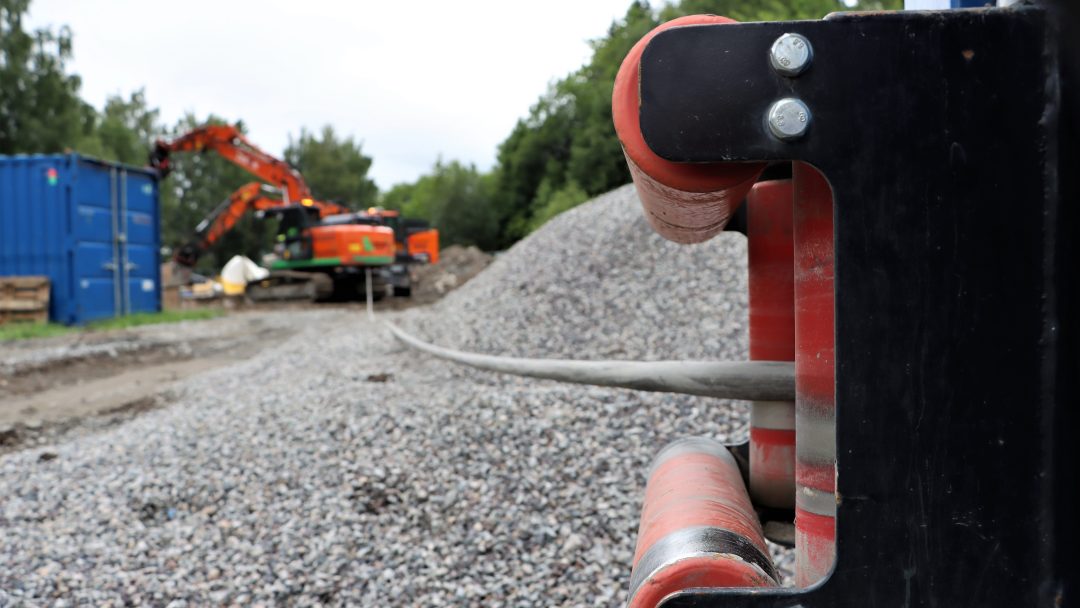
The electric excavators contribute to improved air quality and less noise.
New regulation with requirements for the entire industry
With the new regulation, Oslo municipality continues to provide the industry with predictability through clear, gradually increasing requirements. The requirements are meant to take effect on the larger construction projects in the city with the biggest emissions. Building projects under 200 square metres of floor area are proposed to be exempted from the requirements.
The regulation is proposed to enter into force on 1 January 2027. At the outset at least 30 percent of energy use on the construction sites in the municipality must be emission-free or powered by biogas. By 2030, the requirement will increase to 90 percent. Exceptions may be granted where the measures are not technically feasible or where costs are disproportionately high.
For contractors, this means planning energy use from day one, securing grid connections in time, and using temporary battery solutions where needed. For neighbours, it means less noise and cleaner air around construction sites. And for the city, it means fast and lasting cuts in one of the largest sources of emissions.
The proposal has been sent out for public consultation. The consultation deadline is 15 November 2025. Feedback can be submitted via this link: Høring: Forskrift om bruk av nullutslippsløsninger og biogass på bygge- og anleggsplasser i Oslo – Oslo kommune
